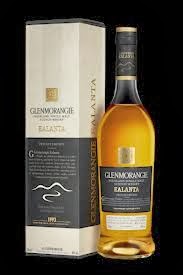The French people were decried as acrophobic
because none of their landmarks had any height. Look at what Waterloo did to
Napoleon and Notre Dame to poor Quasimodo! Deep down in their hearts, they knew
they were being reviled and came up with a monumental suggestion when told that
they were to host the 1889 World Fair. “Let’s make the entrance arch so high
that visitors with their heads stuck upwards won’t mind the steep entrance
fee,” they said. They found an engineer Gustave Eiffel and asked him to do the
honours. He agreed, even though he had the devil of a time getting workers.
Money
is a great incentive and Eiffel’s company designed, built the tower and named
it after him. Also called the ‘La dame de fer’ or ‘iron lady’ well before
Margaret Thatcher was born, it quickly dominated the Parisian skyline. Since
millions of bohemian artists and wine drinkers visited Paris every year, it
soon became one of the most recognizable and painted structures in the world. When
they got round to counting visitors to monuments globally in 1900, they found
that the tallest structure in Paris was the most-visited paid monument in the world.
The
canny French authorities had added a clause to Eiffel’s contract. People were
to be given access to the top. So they added a staircase, but the average
person found he had to stop three times to regain his breath. Voila….the
resting places had restaurants built around them in no time. But the topmost
spot tended to make people dizzy, so Eiffel built himself an office where
nobody could get at him. Alarms were sounded when a large number of people fell
over and were killed. The gendarmes shrewdly called them suicides, but safety
nets were erected to catch jumpers. Elevators were built to make it easy for
the obese and wine-besotted. Strangely, Hitler did not venture up top. Was he
acrophobic? Too late to ask him now, pity.
The
approximately 10,000 tonne lattice tower is 320 metres (1,050 ft) tall and
holds an interesting record-its miniature replicas are the highest selling Objets
d'art globally. About 265 million people have visited it till date. On clear
days, the view from the top is truly panoramic. At night, flashlights added to
usher the millennium in lit up on New Year's Eve 1999 and, with four high-power
searchlights, are a daily quasi-lumiere show. In winter, only about 100 metres
of the tower can be seen.
The
tower was to stand for 20 years only and the authorities wanted it dismantled
in 1909. Its commercial viability soon put this contract to bed. It was, is and
will remain the most prominent symbol of both Paris and France.
























